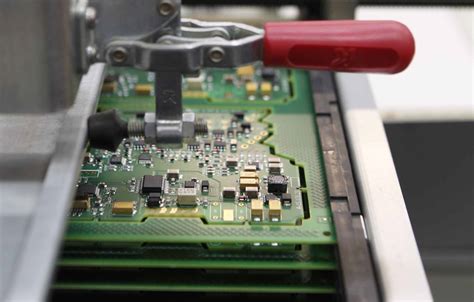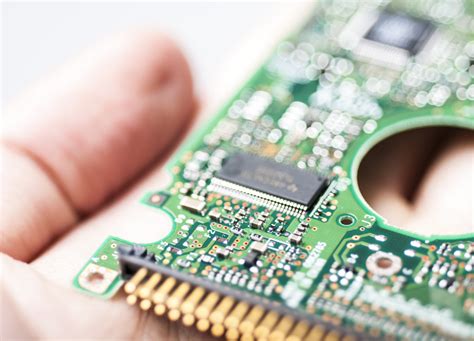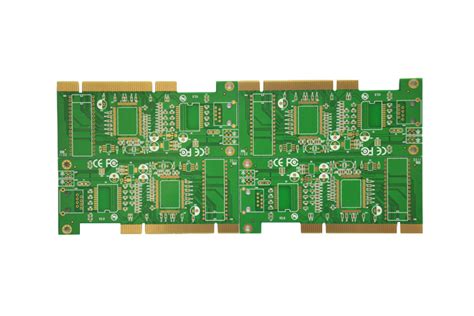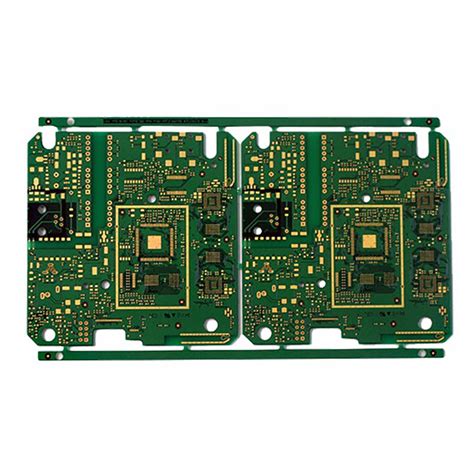Flex pcb uses
Advantages Of Flex PCBs In Wearable Technology
Flex PCBs, or flexible printed circuit boards, have become a cornerstone in the development of wearable technology, offering a multitude of advantages that cater to the unique demands of this rapidly evolving field. As wearable devices continue to gain popularity, the need for components that can seamlessly integrate with the human body has become increasingly apparent. Flex PCBs, with their inherent adaptability and versatility, provide an ideal solution to meet these requirements.
One of the primary advantages of flex PCBs in wearable technology is their ability to conform to various shapes and contours.
Unlike traditional rigid PCBs, flex PCBs can bend, twist, and fold, allowing them to fit into compact and irregularly shaped spaces. This flexibility is crucial for wearable devices, which often need to be lightweight and unobtrusive to ensure user comfort. For instance, in smartwatches and fitness trackers, flex PCBs enable the integration of complex circuitry within the limited space of a wristband, without compromising on functionality or design.
Moreover, the lightweight nature of flex PCBs contributes significantly to the overall comfort and wearability of devices.
Wearable technology demands components that do not add unnecessary bulk or weight, as these factors can deter users from prolonged use. Flex PCBs, being thinner and lighter than their rigid counterparts, help manufacturers create sleek and ergonomic designs that enhance user experience. This is particularly important in applications such as smart clothing and health monitoring devices, where comfort and discretion are paramount.
In addition to their physical adaptability, flex PCBs offer enhanced durability, which is essential for wearable technology that is subject to constant movement and environmental exposure.
The materials used in flex PCBs are designed to withstand repeated bending and flexing, reducing the risk of damage and extending the lifespan of the device. This durability is especially beneficial in applications like medical wearables, where reliability and longevity are critical for continuous health monitoring.
Furthermore, flex PCBs facilitate the integration of multiple functions within a single device, thanks to their ability to support complex circuit designs.
This capability is vital for wearable technology, which often requires the incorporation of sensors, processors, and communication modules in a compact form factor. By enabling the integration of diverse functionalities, flex PCBs allow manufacturers to create multifunctional devices that cater to a wide range of user needs, from fitness tracking to biometric authentication.
Another significant advantage of flex PCBs is their potential for cost savings in the manufacturing process
The use of flex PCBs can reduce the number of interconnects and connectors required, simplifying assembly and minimizing potential points of failure. This not only lowers production costs but also enhances the reliability of the final product. As wearable technology continues to evolve, the demand for cost-effective solutions that do not compromise on quality or performance will only increase, making flex PCBs an attractive option for manufacturers.
In conclusion, the advantages of flex PCBs in wearable technology are manifold, encompassing flexibility, lightweight design, durability, multifunctionality, and cost-effectiveness. As the wearable tech industry continues to grow and innovate, the role of flex PCBs will undoubtedly become even more integral, driving the development of next-generation devices that seamlessly integrate with our daily lives. Through their unique properties, flex PCBs are poised to shape the future of wearable technology, offering solutions that meet the ever-changing demands of consumers and industries alike.
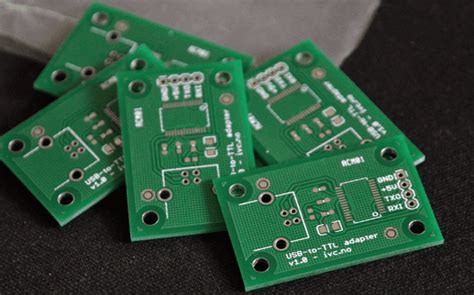
Flex PCBs In Medical Devices: Enhancing Patient Care
Flexible printed circuit boards (Flex PCBs) have become a cornerstone in the advancement of medical devices, significantly enhancing patient care through their unique properties and versatile applications. As the medical field continues to evolve, the demand for more compact, reliable, and efficient devices has grown, and Flex PCBs have emerged as a critical component in meeting these needs. Their ability to bend and conform to various shapes allows for the design of smaller, more ergonomic devices, which is particularly beneficial in medical applications where space is often limited.
One of the primary advantages of Flex PCBs in medical devices is their capacity to improve the functionality and reliability of diagnostic equipment.
For instance, in imaging devices such as MRI machines and ultrasound equipment, Flex PCBs facilitate the integration of complex electronic circuits in a compact form. This integration not only enhances the performance of these devices but also contributes to more accurate diagnostics, ultimately leading to better patient outcomes. Moreover, the flexibility of these PCBs allows for the development of wearable medical devices, which are becoming increasingly popular for continuous monitoring of patients’ vital signs. These devices, often worn on the wrist or attached to the skin, rely on Flex PCBs to maintain comfort and durability while providing real-time data to healthcare providers.
In addition to diagnostic equipment, Flex PCBs play a crucial role in therapeutic devices.
For example, in implantable medical devices such as pacemakers and neurostimulators, the use of Flex PCBs is essential due to their ability to withstand the body’s environment while maintaining electrical connectivity. The biocompatibility and reliability of Flex PCBs ensure that these life-saving devices function effectively over extended periods, reducing the need for frequent replacements and minimizing the risk of complications. Furthermore, the miniaturization enabled by Flex PCBs allows for less invasive surgical procedures, which can lead to quicker recovery times and reduced hospital stays for patients.
The integration of Flex PCBs in medical devices also supports the advancement of telemedicine and remote patient monitoring.
As healthcare systems increasingly adopt digital solutions, the need for reliable and efficient electronic components becomes paramount. Flex PCBs enable the development of portable and user-friendly devices that can transmit patient data to healthcare providers in real-time, facilitating timely interventions and personalized care. This capability is particularly valuable in managing chronic conditions, where continuous monitoring can significantly improve patient management and quality of life.
Moreover, the use of Flex PCBs in medical devices aligns with the growing emphasis on sustainability and cost-effectiveness in healthcare.
The durability and long lifespan of Flex PCBs contribute to the reduction of electronic waste, while their ability to streamline manufacturing processes can lead to cost savings. As healthcare providers and manufacturers seek to balance innovation with economic considerations, Flex PCBs offer a viable solution that meets both technological and financial objectives.
In conclusion, the incorporation of Flex PCBs in medical devices represents a significant advancement in the field of healthcare technology. Their unique properties not only enhance the functionality and reliability of medical equipment but also support the development of innovative solutions that improve patient care. As the medical industry continues to evolve, the role of Flex PCBs is likely to expand, driving further improvements in patient outcomes and healthcare delivery.

Revolutionizing Consumer Electronics With Flex PCBs
Flexible printed circuit boards (flex PCBs) have emerged as a transformative technology in the realm of consumer electronics, offering a myriad of advantages that traditional rigid PCBs cannot match. As the demand for more compact, lightweight, and versatile electronic devices continues to grow, flex PCBs are increasingly becoming the go-to solution for designers and manufacturers alike. Their unique ability to bend, fold, and conform to various shapes and spaces has opened up new possibilities in the design and functionality of consumer electronics.
One of the most significant benefits of flex PCBs is their capacity to reduce the size and weight of electronic devices.
By eliminating the need for bulky connectors and cables, flex PCBs allow for a more streamlined design, which is particularly advantageous in portable devices such as smartphones, tablets, and wearable technology. This reduction in size and weight not only enhances the portability of these devices but also contributes to improved energy efficiency, as less material and space are required to achieve the same functionality.
Moreover, the flexibility of these PCBs enables the creation of innovative designs that were previously unattainable with rigid boards.
For instance, in the realm of wearable technology, flex PCBs can be integrated into clothing or accessories, allowing for seamless incorporation of electronic components into everyday items. This capability has paved the way for the development of smart textiles and other wearable devices that can monitor health metrics, provide navigation assistance, or even offer augmented reality experiences.
In addition to their physical flexibility, flex PCBs also offer enhanced durability and reliability
Their ability to withstand mechanical stress and vibration makes them ideal for use in devices that are subject to frequent movement or impact. This robustness is particularly beneficial in applications such as automotive electronics, where components must endure harsh conditions and constant motion. Furthermore, the reduced number of interconnections in flex PCBs minimizes the risk of connection failures, thereby enhancing the overall reliability of the device.
The versatility of flex PCBs extends beyond their physical attributes, as they also support a wide range of applications in consumer electronics.
From flexible displays and touchscreens to advanced sensors and antennas, flex PCBs are integral to the development of next-generation devices. Their ability to accommodate complex circuitry in a compact form factor makes them an essential component in the evolution of smart devices, enabling features such as foldable screens and multi-functional gadgets.
Despite their numerous advantages, the adoption of flex PCBs in consumer electronics is not without challenges. The manufacturing process for flex PCBs is more complex and costly compared to traditional rigid boards, which can pose a barrier to widespread implementation. However, ongoing advancements in materials and fabrication techniques are gradually reducing these costs, making flex PCBs more accessible to a broader range of applications.
In conclusion, flex PCBs are revolutionizing the consumer electronics industry by offering unparalleled flexibility, durability, and versatility. As technology continues to advance and consumer demands evolve, the role of flex PCBs in shaping the future of electronic devices is set to expand even further. By enabling innovative designs and enhancing device performance, flex PCBs are not only meeting the current needs of the market but also paving the way for the next wave of technological breakthroughs.
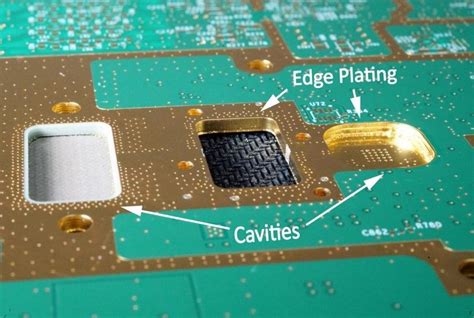
Automotive Industry Innovations Using Flex PCBs
In recent years, the automotive industry has witnessed a significant transformation, driven by technological advancements and the increasing demand for more efficient, reliable, and compact electronic systems. Among the innovations propelling this evolution is the use of flexible printed circuit boards (flex PCBs). These versatile components have become integral to modern automotive design, offering numerous advantages that traditional rigid PCBs cannot match. As the industry continues to evolve, understanding the role of flex PCBs in automotive applications is crucial.
Flex PCBs are characterized by their ability to bend and conform to various shapes, making them ideal for the compact and often irregular spaces found within vehicles.
This flexibility allows for more efficient use of space, enabling designers to create more streamlined and lightweight electronic systems. Consequently, the integration of flex PCBs contributes to the overall reduction in vehicle weight, which is a critical factor in improving fuel efficiency and reducing emissions. As automotive manufacturers strive to meet stringent environmental regulations, the adoption of flex PCBs becomes increasingly advantageous.
Moreover, the durability and reliability of flex PCBs make them particularly well-suited for the harsh conditions often encountered in automotive environments.
These components are designed to withstand extreme temperatures, vibrations, and mechanical stresses, ensuring consistent performance over the vehicle’s lifespan. This robustness is essential for critical automotive systems, such as engine control units, transmission systems, and safety features, where failure is not an option. By incorporating flex PCBs, manufacturers can enhance the reliability of these systems, thereby improving overall vehicle safety and performance.
In addition to their physical advantages, flex PCBs also offer significant benefits in terms of electrical performance.
Their design allows for shorter signal paths, which reduces electrical interference and improves signal integrity. This is particularly important in modern vehicles, which are increasingly reliant on complex electronic systems for functions such as advanced driver-assistance systems (ADAS), infotainment, and connectivity. As vehicles become more connected and autonomous, the demand for high-speed data transmission and processing capabilities continues to grow. Flex PCBs provide the necessary infrastructure to support these advanced technologies, facilitating seamless communication between various electronic components.
Furthermore, the use of flex PCBs in the automotive industry aligns with the growing trend towards modular design and manufacturing.
Their adaptability allows for easier integration of new technologies and components, enabling manufacturers to quickly respond to changing market demands and technological advancements. This flexibility is particularly valuable in the context of electric vehicles (EVs), where rapid innovation is driving the need for more efficient and compact power management systems. Flex PCBs play a crucial role in optimizing the design and performance of battery management systems, power inverters, and charging systems, thereby supporting the broader transition to sustainable transportation.
In conclusion, the integration of flex PCBs in the automotive industry represents a significant step forward in the pursuit of more efficient, reliable, and advanced vehicles.
Their unique properties offer numerous advantages over traditional rigid PCBs, making them indispensable in the design and manufacture of modern automotive electronic systems. As the industry continues to evolve, the role of flex PCBs will undoubtedly expand, driving further innovations and contributing to the development of the next generation of vehicles. Through their continued adoption, flex PCBs are poised to play a pivotal role in shaping the future of automotive technology.

